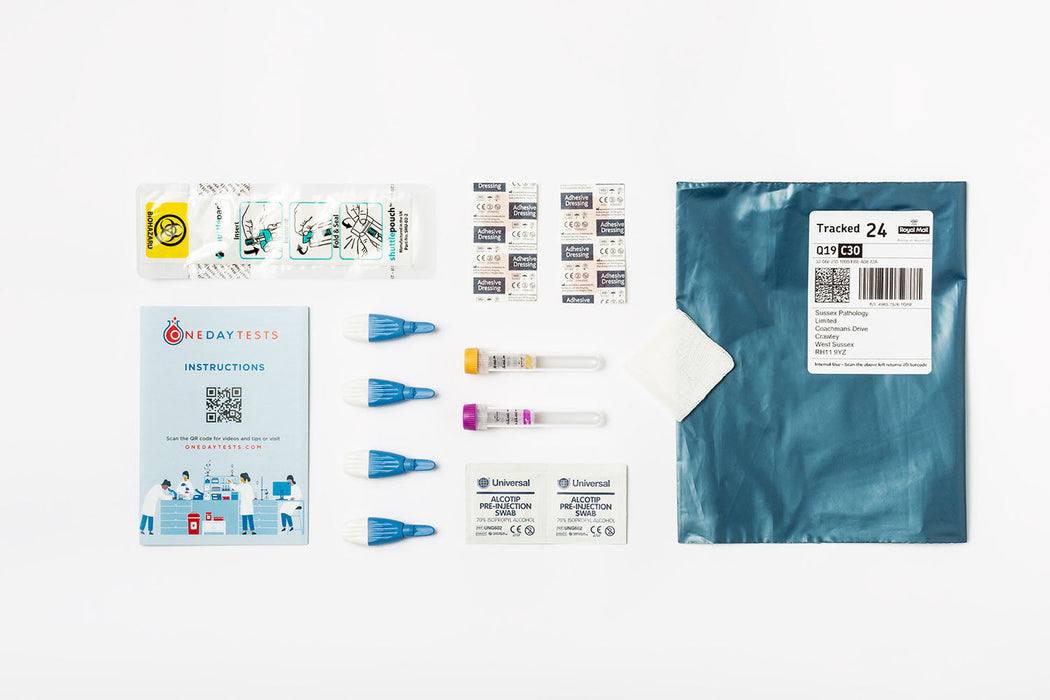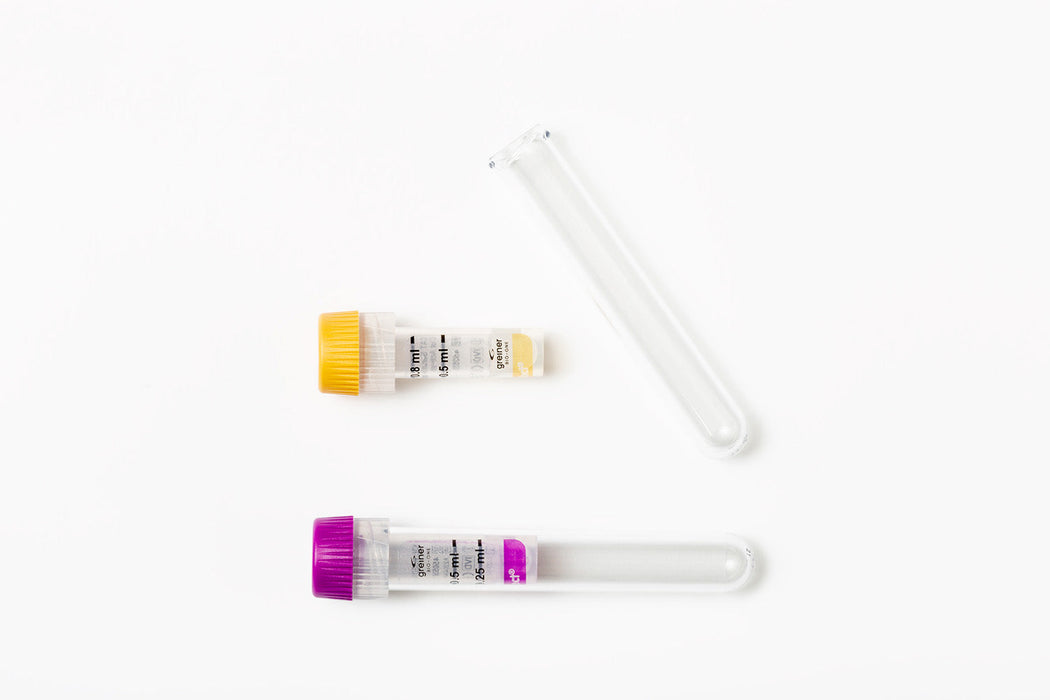What is it?
Basophils (BAS) are a form of white blood cell and make up part of the immune system. They are involved in defending the body against allergens and infectious microorganisms. There are two values in your report, BAS# as a percentage and BAS% as a numerical count.
Interpretation
Basophils are one of the least abundant of the white blood cells but they have important functions in allergic reactions, and the immune response to infections and venoms.
Reference ranges
If your basophils count is lower than the reference range for our laboratory:
This is usually a sign that your body is fighting against an infection or an allergic reaction.
If you are concerned, we would suggest speaking to your GP to discuss the need for further investigation.
If your basophils count is higher than the reference range for our laboratory:
This may be a sign of an underactive thyroid gland, a range of different blood disorders including, rarely, leukaemia, or autoimmune and inflammatory conditions such as inflammatory bowel disease.
We would suggest speaking to your GP to discuss the need for further investigation.




















